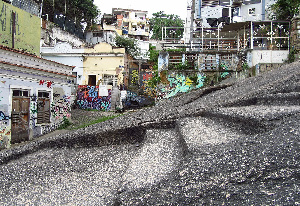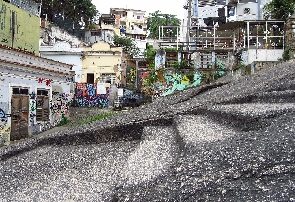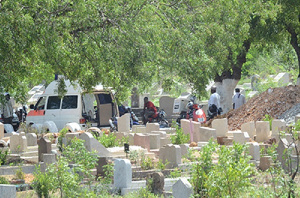Little Africa, the Afro-Brazilian community where every enslaved African is free

The Afro-Brazilian community, Little Africa, is home to thousands of Africans, but, it is a region where its Black heritage continues to suffer an onslaught from the local authorities. Some historians have traced it to attempts initiated by colonial authorities to shift the Black history of the enslaved who have made Rio de Janeiro port city their home to the back burner.
But, folktales of Little Africa have been used in poems, music, and cultural narratives, with the site attaining UNESCO status, according to rioonwatch.org. Known traditionally as Peda Sal Dol in Portuguese which literally means large and salt, the community inhabitants of African descent feel they are not in bondage. That is why they call the city Little Africa.
In the early 1800s, the region was popular in trading activities in salt because the stones on the beach played a significant role in crystallizing the salt. But, over the years, the story of the region changed when the presence of enslaved Africans made it a hub of their survival when slavery was outlawed in Brazil in 1831. The slaves earned their keep working in Little Africa and it became a safe refuge for freed Africans from Bahia.
The enslaved Africans entertained all and with time Little Africa became a community on its own. Despite the huge presence of the African community in Brazil, there are concerns there are attempts by the authorities to overshadow their identity and culture. Historians argue that despite recent renovations of the port city through the Porto Maravilha project and the African Heritage Circuit, the presence and role of enslaved descendants were subtly buried.
In 2005, Little Africa was recognized as a city endowed with a rich African heritage and acknowledged as the home of samba. This linkage was drawn because Little Africa is known for popularising samba and Carnival in Rio de Janeiro. Despite attempts to dim the African heritage, the people of Little Africa have been preserving their culture through oral tradition and their music, according to Riotur.
It is a region with a high Black population and recognized by London’s TimeOut magazine as one of the nice places for tourists to visit with lively pubs and serene beaches.
CLICK HERE TO DOWNLOAD PRESS RADIO MOBILE APP
The history of Pedra do Sal is largely linked to the transatlantic slave trade where many slaves were transported to the region to work in the plantations. Little Africa is also home to monuments representing the slave past of Brazil and rich Afro-Brazilian culture, history, handicrafts, and food. The city virtually thrives on its colonial past and customs passed on from generation to generation.
Source: face2faceafrica.com







